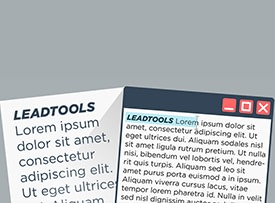 Low-resolution images can come from a variety of sources, but the most common source is probably screen capture. Screen capture images are usually 96 DPI on Windows. (This can vary depending on the user settings). Additionally, image representations of incoming faxes may also be considered low-res and fall under the resolution threshold acceptable for OCR. Typically, OCR engines require images of 200 or 300 DPI in order to achieve acceptable results.
Low-resolution images can come from a variety of sources, but the most common source is probably screen capture. Screen capture images are usually 96 DPI on Windows. (This can vary depending on the user settings). Additionally, image representations of incoming faxes may also be considered low-res and fall under the resolution threshold acceptable for OCR. Typically, OCR engines require images of 200 or 300 DPI in order to achieve acceptable results.
Change Image Resolution
One easy solution for images that do not have noise or have complex structures is to change the resolution of the image before OCRing the image. This C# sample shows you how, then it gets the text from the image and outputs it to the console.




